What is SAP BW and What does SAP BW means?
SAP BW is a powerful product that centralizes storage, modeling, analysis, cleaning transformation consolidation, data quality modeling tools, and features for all.
Data from various sources are combined and processed. Data cleaning and modelling are additional functions. SAP BW analyses data.
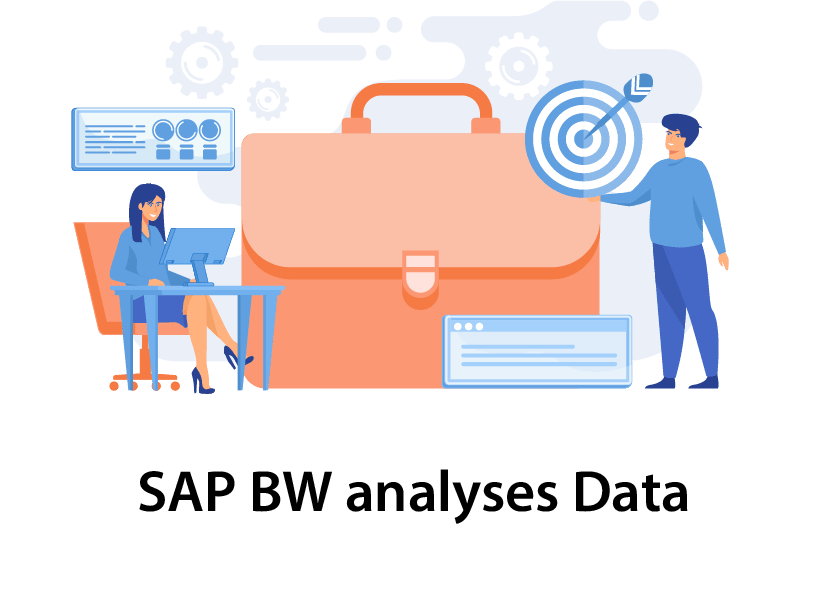 To help enterprises extract useful information from their data, it offers a unified infrastructure for data warehousing, business analytics, and decision support.
To help enterprises extract useful information from their data, it offers a unified infrastructure for data warehousing, business analytics, and decision support.
Overview, Introduction to SAP BW
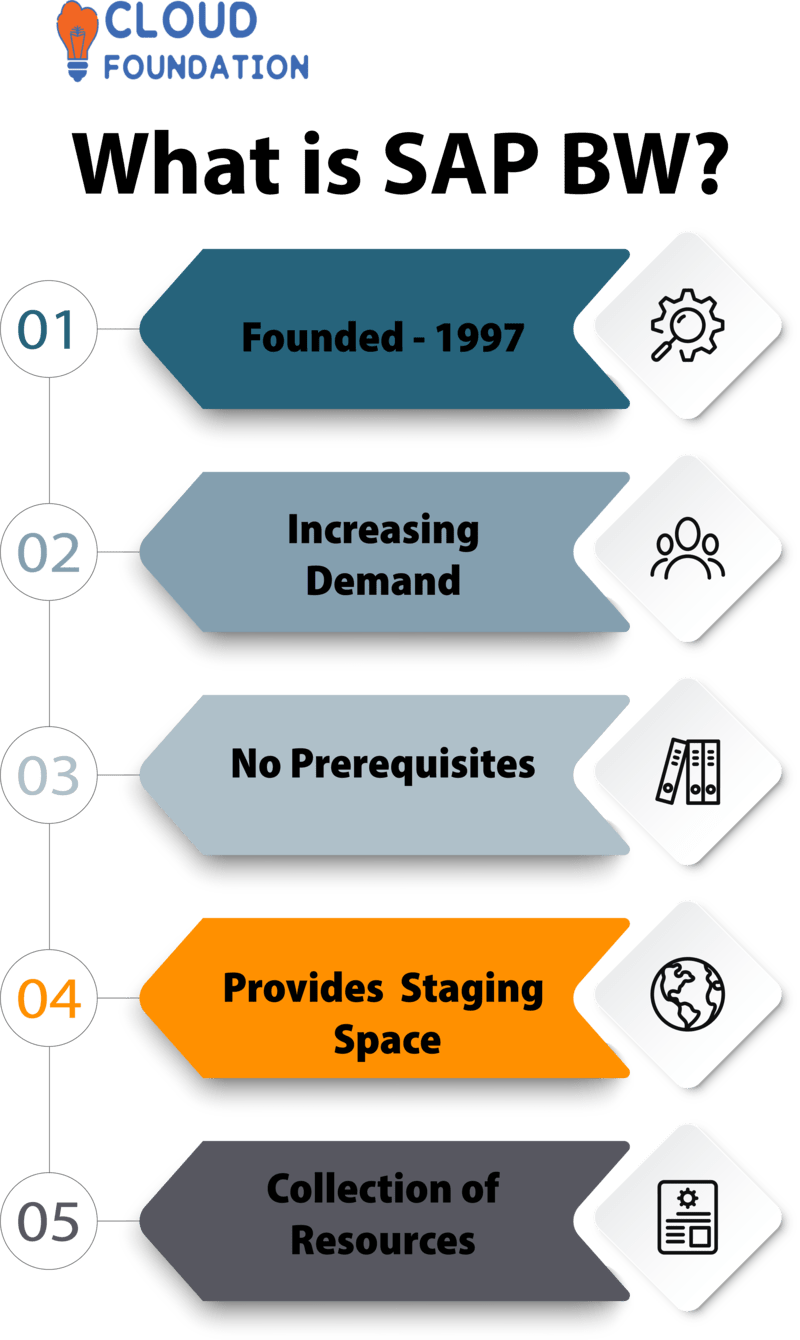
SAP module that integrates, consolidates, stores and manages information from numerous sources. Users can access company data for analysis or report creation; additionally this program prints out and distributes relevant info.
Data Warehouse allows organizations and end-users to easily store, organize and integrate multiple sources of data for use by accessing, analyzing and producing reports based on them.
SAP BW Definition or Define SAP BW
SAP Business Suite, Mobile Services, HANA and Data Hub all form integral parts of SAP BW’s functionality.
SAP BW integrates with both SAP and non-SAP applications and features a self-service website for business users. Furthermore, it models, analyzes, stores and archives data.
What does SAP BW do, and What is SAP BW used for?
SAP BW, an EDW system, consolidates, distributes, models, and administers data. It cleans, models, stores, and transforms data.
In summary, SAP BW is a data warehouse system that combines, processes, and stores data from many sources. The SAP NetWeaver Application Framework uses SAP BI (Business Intelligence). It consolidates, distributes, models, and manages data.
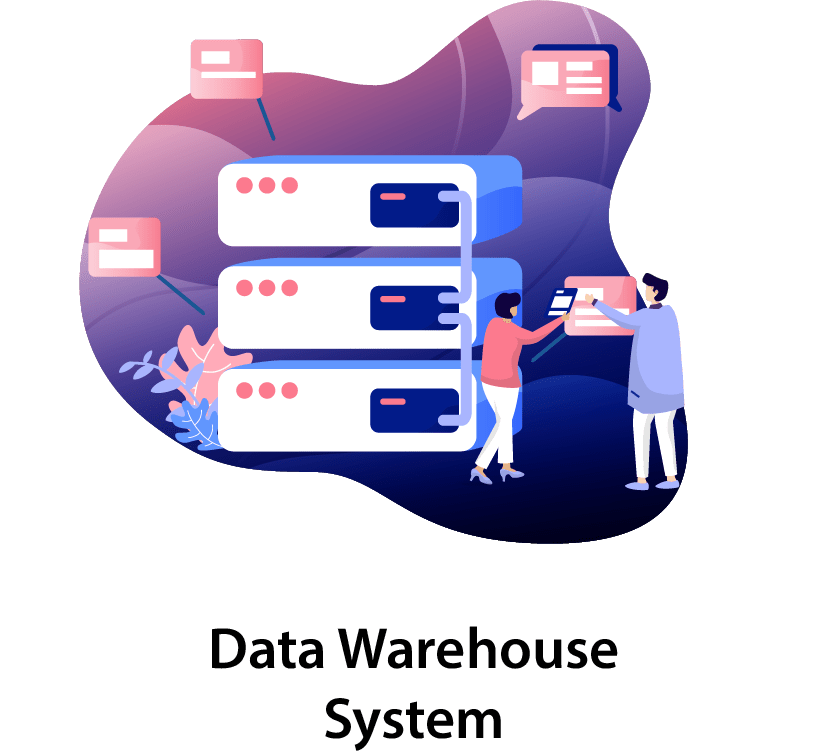
2002 renamed it SAP Business Warehouse. In 2005, SAP Business Information Warehouse was rebranded.
It also offers capabilities for data querying, analysis, and the generation of personalised reports. It is the premier enterprise data warehouse solution.Data can be easily extracted and transformed using SAP BW and may be sent to different end users in different forms.
Uses of SAP BW
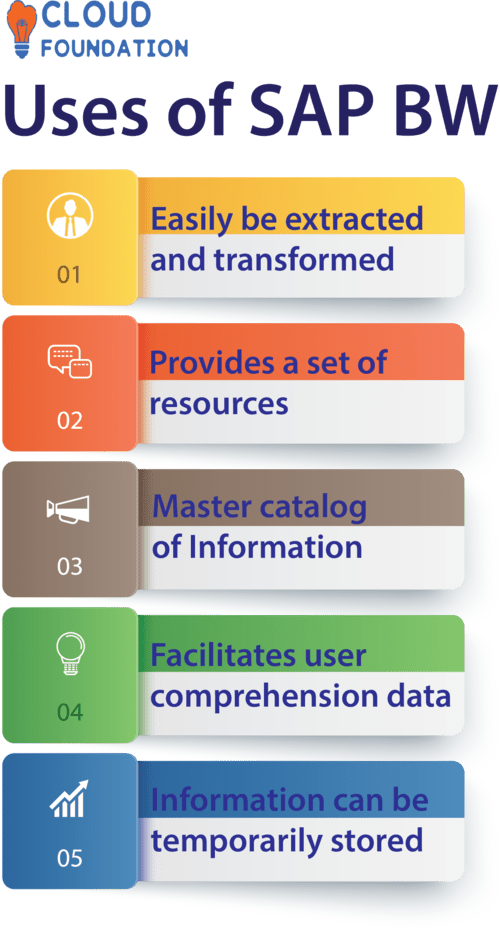
Data may easily be extracted and transformed using this solution before being passed along to various end users in various forms.
Data modelling in BW provides a set of resources for defining and organizing information within its platform, such as data staging space, analysis tools and a dictionary.
A data dictionary serves as a master catalog of information within any system, providing detailed insight into their contents.
Utilizing data analysis tools facilitates user comprehension of data, its structure and origin. Data can also be compared and contrasted across systems using these tools. reportprint
Information can be temporarily stored at a staging area.
SAP BW significantly shortens the time and resources it takes to integrate and analyze data, provide real-time analytics capabilities, reduce operational reporting needs, reduce data warehousing costs and allow businesses to maximize data warehousing operations to speed time-to-market and maximise return.

Why SAP BW, and what are the Benefits of SAP BW?
It was designed to meet the challenges associated with managing large volumes of complex data. By consolidating and refining information across systems, data may be combined and stored using this approach.
Data purification and consolidation also can be accomplished, along with collecting it all at one place for storage purposes. Various other uses including modeling/staging/administration applications exist as potential uses of this tool.
SAP BW can significantly assist firms’ ability to make decisions and adapt quickly to changing market circumstances by providing relevant data about themselves.
It speeds up reporting procedures, improves data quality, reduces information processing costs and has even decreased data analysis cycle times.
Benefits of SAP BW

With SAP BW, your organization may save money on data storage, upkeep, and management.
Compatibility between SAP BW information with external programs;
mitigation tools to reduce risks while increasing productivity boosting business intelligence tools.
Increased efficiency through continuous monitoring of data.
Real-time reporting. Database/process analysis in business processes. Business process automation
Set of predetermined methods for analyzing data.
Administration of commercial operations.
Integrating information from multiple sources.
Advantages of SAP BW
Some of its key advantages are:

Users of SAP Business Warehouse can organize and analyze corporate data with this solution – an essential step toward improved company results.
With access to this knowledge-base of corporate knowledge, users are also enabled to make more accurate business judgements that allow production increases due to better decisions being made from data analysis alone.
It’s excellent for in-depth, precise data analysis.
SAP BW has quick reaction times and excellent performance.
SAP BW can access data sources of all kinds
SAP BW stands out with quick reaction times and top performance, efficiently processing large volumes of data while offering insightful analyses.
SAP BW can quickly expand as many records become compatible.
What is SAP BW Software and How to use SAP BW Software?
This system takes information from different sources and centralizes it all into a central database for easy analysis and access by its users. Furthermore, several prebuilt business intelligence tools from SAP allow accessing and analyzing this data quickly and effectively.
Only with accurate information can correct decisions and actions be taken for company development.
SAP Business Warehouse allows users to aggregate data from disparate sources, refine it further, and store it all in one central place.
Features of SAP BW
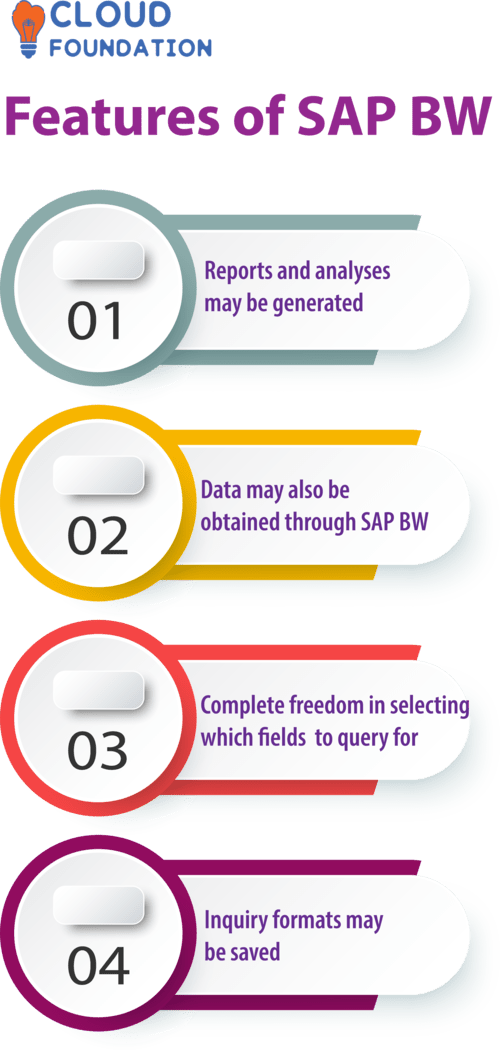
Learning the features and uses of SAP BW after mastering its fundamentals is vitally important.
Reports and analyses may be generated using data sourced from multiple objects; such information may come from multiple SAP applications.
Data may also be obtained through SAP BW, external sources and files, with information kept in various places like SAP BW’s data cache,
SAP HANA database, Microsoft SQL Server database or Oracle’s.
With SAP BW’s query form builder, you have complete freedom in selecting which fields and objects to query for and which to omit entirely when conducting inquiries.
Once created, these inquiry formats may be saved or distributed further for use later – in addition to building and saving multiple analytical models!
What Is SAP BW Module?
Data warehousing refers to storing, cleaning and converting information so it can be quickly analyzed for extended periods. One such data warehouse tool available today is SAP Business Warehouse (SAP BW).
It gathers information from multiple sources before saving it as cubes that can easily be queried at various levels ranging from database to companywide access via its multi-tiered interfaces.

Customers that require top-tier functionality, enhanced data management and increased output often turn to this premium solution.
Information stored herein may be easily accessed by multiple programs – making this especially helpful for clients interested in reports, analysis and trends gleaned from their data.
What Is an Aggregation Level in SAP BW?
Aggregation levels define how information is combined – they control whether data are combined at coarser or finer scale. They become particularly essential when pulling multiple tables’ worth of data into SAP BW at once.

What is the process chain in SAP BW?
Process chains are interrelated procedures designed to achieve specific outcomes, typically comprising various data processing activities linked by data flow connections that work collectively to produce desired effects.
Processing components take on this responsibility while being connected by their data flows.
SAP Business Warehouse provides utilities to integrate, clean, and analyze data.

SAP BW PDFC module facilitates process chains. PDFC stores multiple connectors representing different data flows and establishes connections based on their names.
Data flow connectors depict this process visually while process chains may be created by dragging and dropping them onto existing connectors in sequence.
What is InfoCube in SAP BW?
Info Cubes are integral to SAP BW data storage structures, offering flexible access and export to CSV and Excel formats. Info Cubes may be created from any data source or query used for processing SAP BW queries .
They essentially act as subsets derived from those sources/queries – while one infoCube may serve as the input into another infoCube via “nesting. “
They may be built using any source but must be created as part of an overall project for optimal success – in Part Two , we’ll delve more deeply into Info Cubes capabilities as we explore their uses!
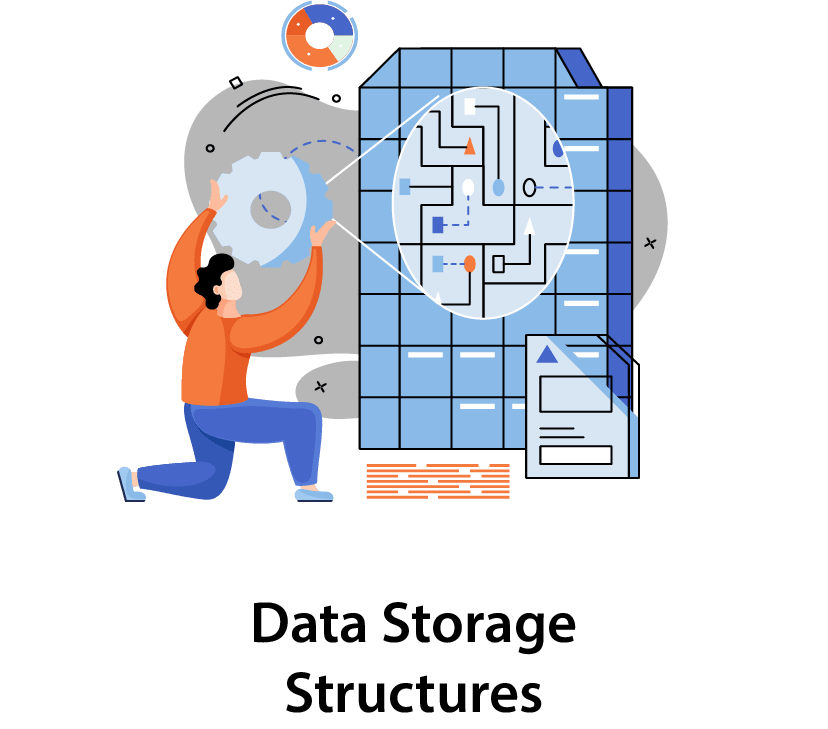
Information gathered and stored can be considered data sources; SAP BW’s Query Wizard makes creating SAP BW queries possible. In this chapter we’ll walk through the steps required to build an InfoCube from scratch; later in “Queries,” we will continue exploring further how they’re made.
An InfoCube can store several layers of information.
What is infoobject in SAP BW?
SAP Business Warehouse InfoObjects serve as a fundamental object that store data about specific attributes or master records, specify the data warehouse’s meta-data architecture and store reports using InfoCubes constructed with InfoObjects as building blocks.
InfoObjects can include master data, technical properties and an in-depth description.
What is master data in SAP BW?
Master data in SAP BW system clearly define the most essential industry data based on business rules defined for that industry, while business and technical data from company’s key assets define it accordingly – meaning changes often don’t significantly or regularly occur to this information.
An MDK, or Master Data Kernel is a data structure specifically created for storing system-wide master data. It stores some key pieces of information that will continue to evolve over time .
When it comes to SAP BW system data management, master data serves as the bedrock. Planning, tracking and reporting depend heavily on this vital asset of information.
Information unique to a business but not required for regulatory filings or transaction recording should also be collected here, which can then be utilized in managing products, customers and any other variables specific to this line of work.
How to load master data in SAP BW?
SAP Business Warehouse uses the DataSource and DataSource Extraction (RSDS) method for loading master data into its system, whether from SAP ERP systems or flat files; using this RSDS technique master data may then be extracted and loaded directly into its SAP BW system via this RSDS method.
First step to importing master data: Create a data source within the system using SAP BW’s RSA1 transaction; configure its associated DataSource Extraction afterwards and retrieve information from various sources like an SAP ERP system or flat file via DataSource Extraction.
After entering master data into a system, it can be utilized in numerous ways.
What is adso in SAP BW?
ADSO stands for Advanced Data Store Object in this sector of SAP, used to store large volumes and types of information.
Within SAP BW itself, an InfoProvider category handles keeping this data organized without depending on a data modeler for safekeeping; making this option particularly suitable when staging data or storing flat formats of it.
What Is SAP BW (APD)?
SAP Business Warehouse uses Application Programming Development as the abbreviation APD, in order to help consumers easily and quickly develop customized solutions specific to their businesses quickly and without hassle. Users can create reports, queries and data extractions based on individual user needs using this tool.
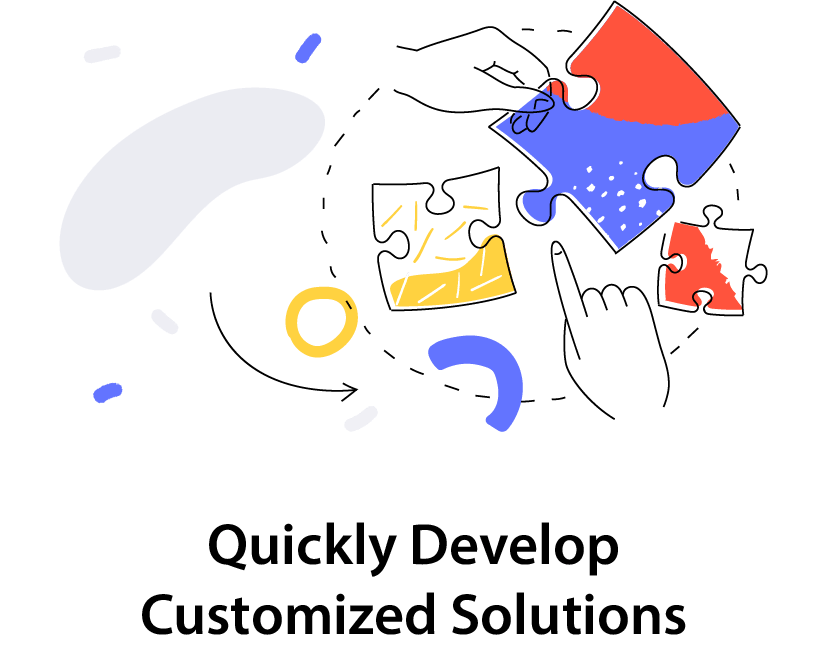
What is the source system in SAP BW?
No data is stored within SAP BW; rather it accesses different sources to retrieve it for further use in various contexts.
A source system refers to an original database or repository from which information can be extracted for later use in other contexts – for instance SAP R/3 systems, non-SAP systems, databases or warehouses can all serve as potential source systems – while staging areas may also be created from copying data directly out of these original source systems into SAP BW systems.
What is SAP BW AND SAP BI?
Business intelligence (BI) offers businesses tools and programs designed to aid with making more informed decisions, and relies heavily on data warehousing solutions like SAP Data Warehousing solution and Business Warehouse system to achieve this end.
While certain features might overlap between BW and SAP Data Warehousing solution, both remain distinct products with distinct purposes.
BW is run as standalone application running on servers independent from SAP Business Suite.
While BI system may run either concurrently or separately on these same or different servers from SAP’s Business Suite while BW system may run either on same or different servers than SAP Business Suite system or separately from this solution.

How to learn SAP BW?
SAP BW materials may be found either on CDs or as textual materials; classes are conducted both at their facility as well as the client site.
These companies provide tailored instruction in SAP BW with convenient around the clock and extensive language options available in online training modules and classes for the top SAP BW training companies.
What are the best ways to learn SAP BW?
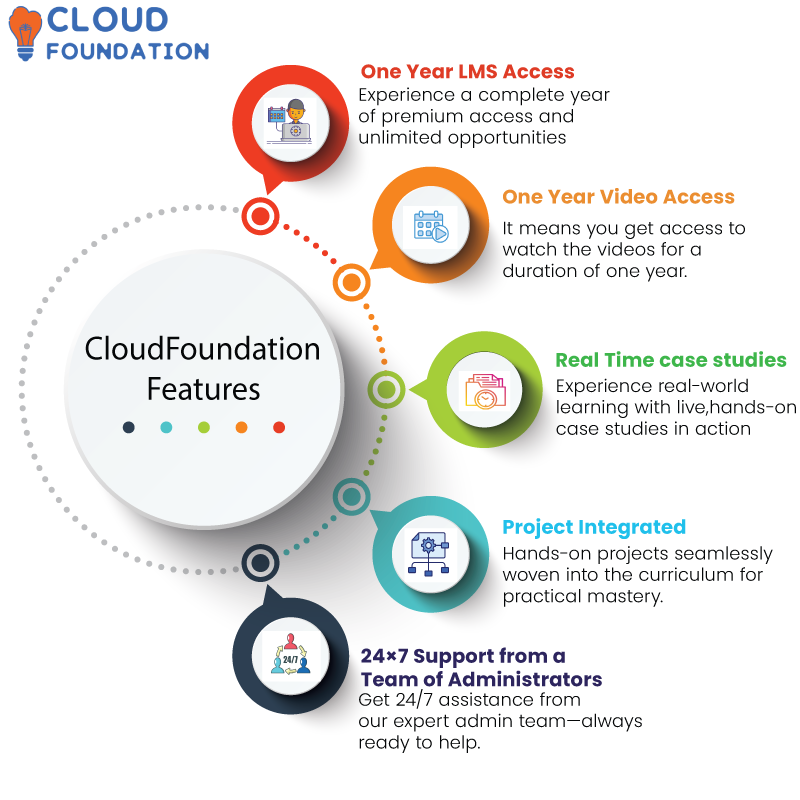
These are the ideal SAP BW learning methods. The SAP BW lesson was tailored explicitly for many learning styles; beginning students through advanced users alike can take classes at all skill levels (beginners to experienced experts).
All three undergraduate, graduate, and postgraduate education levels are catered for within its course materials while different audiences such as business analysts, IT administrators, app developers, project managers and C-suite executives will find something beneficial in every SAP BW lesson.
Each SAP BW guide was created keeping in mind real world scenarios and examples as well as various learning styles of students.
Learners have two methods for mastering SAP Business Warehouse: reading lessons or enrolling in interactive online courses.
This publication draws heavily upon interpretations and experiences compiled from SAP BW team members and community members, with each contributing their insight to make up this text.
If you have any specific sap bw questions and answers about SAP BW or would like more reading material, please go to CloudFoundation and get the best solutions.


Tanya
Author
